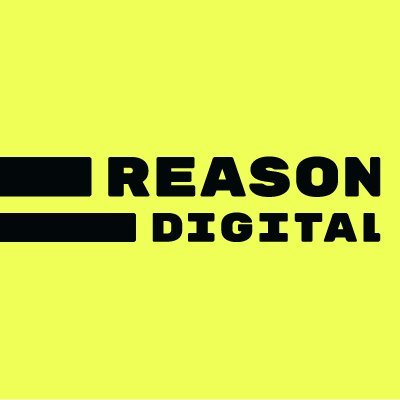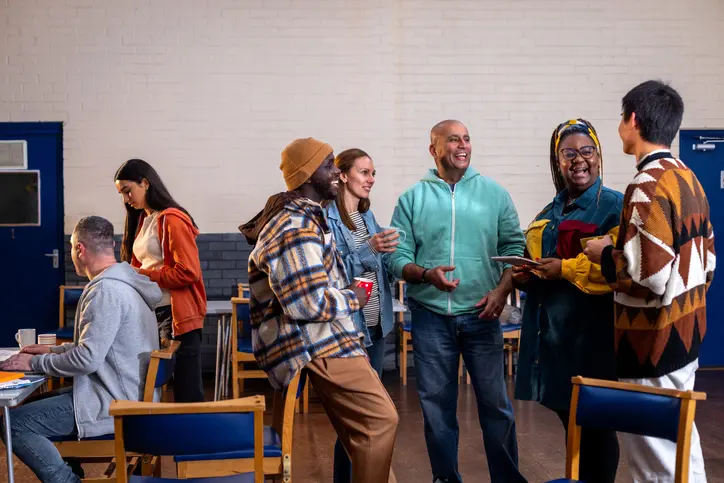A strategy is not just a document
To really make an impact, your digital strategy cannot just be a snazzy PDF.
Even the most well-researched and reviewed documents will get skimmed, then relegated to the side lines when another report about something else comes along.
A ‘live’ strategy holds more value, something dynamic that highlights progress as well as key activities. Trello boards, for example, are free to use online, and are one way to bring your strategy to life. Since people can input their own actions into a Trello board, they also create a sense of teamwork and shared ownership, two things that are pivotal for longevity in a digital strategy.
All this is not to say that there’s zero value in writing your strategy down. A couple of pages with your top-level goals and objectives and key tactics is useful for cross-team alignment. This document should realistically be updated every few months because we all know how rapidly the digital world changes.
But don’t fall into the trap of thinking that when you’ve exported the PDF, your job is finished. A document, if you even have one at all, is just the start.
Furthering your organisational strategy
To create a digital strategy that really fits into your big picture, you need to look at the organisational strategy before jumping straight in.
Your charity has a mission. How will you use digital to further that mission?
We’re not digitally mature enough as a society to totally do away with a ‘digital team’, but digital is spreading – fast. Digital skills and processes are now expected in fundraising. They’re expected in service in delivery. They’re expected from trustees being able hold board meetings on Zoom.
If your organisation’s strategy calls for more awareness of a cause amongst a particular group, the digital strategy should reflect that. It should explore how digital platforms, skills, and processes can help spread that awareness, and how every person can play their part.
Put simply, if your digital strategy is separate from your overall strategy and is unclear as to how it affects people’s day to day, it will fail.
Digital ways of working
Most digital strategies nowadays try to guide people towards an organisational transformation. That sounds a bit grandiose, but digital is changing society and pro-social organisations are not escaping from that change.
A good digital strategy encourages people to adopt a digital mindset. Getting everybody on the same page is crucial for a strategy that sticks. A digital strategy doesn’t have to require a drastic technology change, or a radical new system. It could be that you simply need to change your processes or upskill your staff.
It’s also important not to try and reinvent the wheel if you don’t have to. Your mission may be unique, but it’s likely that somebody else has already undergone a similar transformation. There may be a piece of software, a process that’s been implemented elsewhere that you could reuse so that you save money. Go out and look, see who you can talk to and what you can find.
Across all these points, remember that you are creating this strategy with people, for their benefit.
That approach is fundamental to enacting change, so invite people from all over your organisation to get involved.
If done right, your digital strategy will truly make life at your charity easier. It can make processes more efficient, save people time, and delight your finance team with all the potential savings. All the lovely things that charities need right now more than ever.








